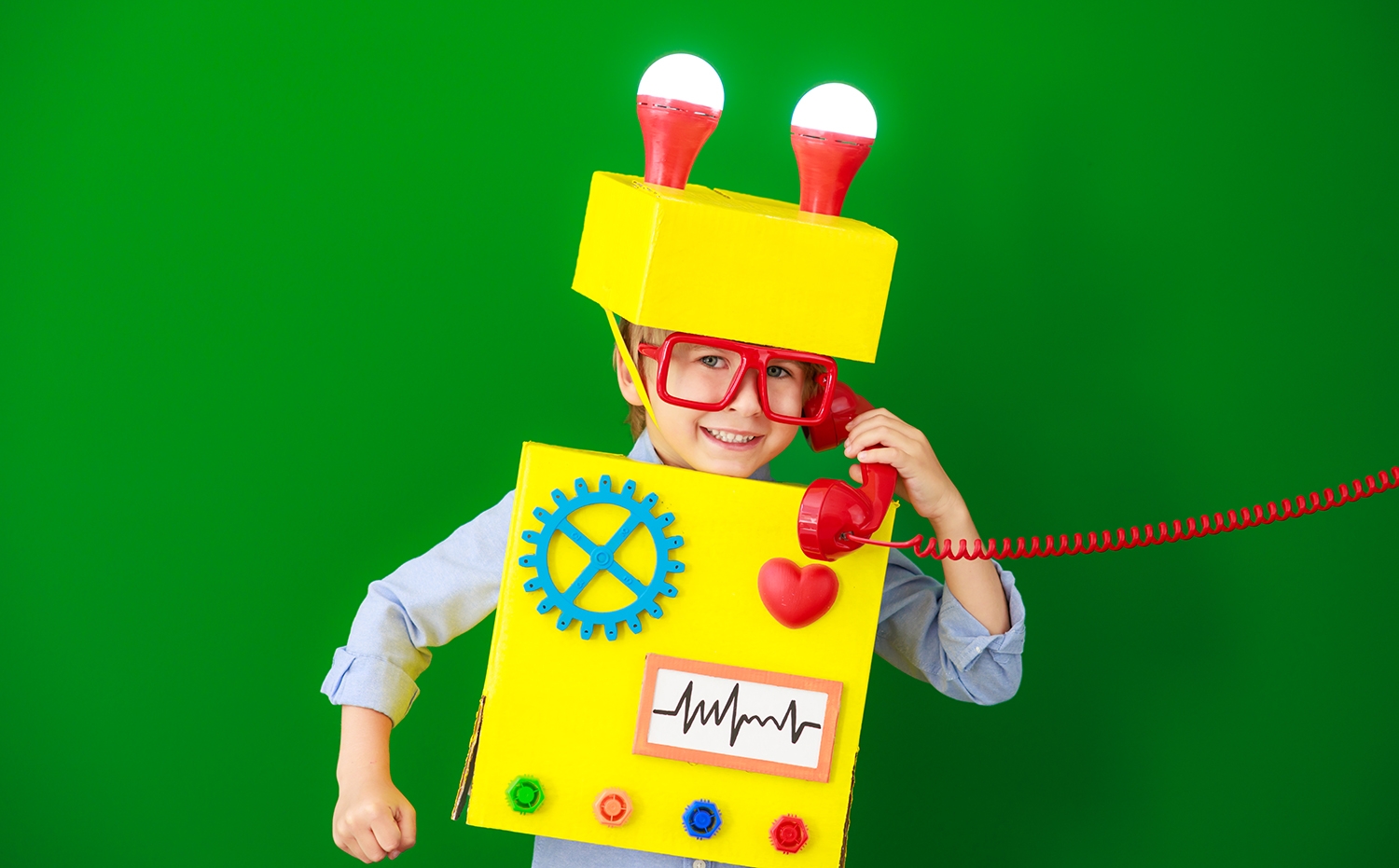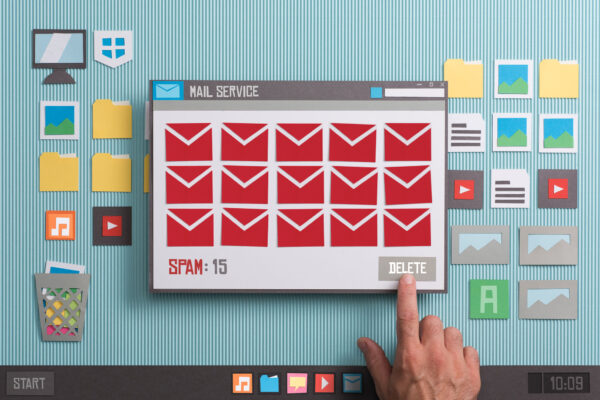Let’s Chat about ChatGPT

“The rise of generative AI has the potential to be a major game-changer for businesses.
“This technology, which allows for the creation of original content by learning from existing data, has the power to revolutionize industries and transform the way companies operate. By enabling the automation of many tasks that were previously done by humans, generative AI has the potential to increase efficiency and productivity, reduce costs, and open up new opportunities for growth. As such, businesses that are able to effectively leverage the technology are likely to gain a significant competitive advantage.”
The above description summarizing Generative AI was, in fact, generated by ChatGPT, and it didn’t even break a sweat. When merely engaged with a question, ChatGPT provided an answer. (McKinsey & Company)
Why is ChatGPT Getting So Much Attention?
The AI used to create ChatGPT is artificial intelligence that can go beyond regurgitating facts and analyzing data. It generates original content based on vast amounts of data, photos, stories, and files of all types, and across disciplines. More than that, this new content is generated in response to queries and interactions with users. Generative AI can develop blogs, sketch designs, write computer code, suggest answers to unsolved problems and create theories.
The potential is staggering. Generating the content for future EO Advisor articles is scary easy for ChatGPT!
For the clients of Electronic Office, every technology that helps your business keep in contact with your customers when a human being is not available is going to improve in ways we could barely imagine just one year ago.
For Our Tech Geek Readers…
ChatGPT stems from GAN (Generative Adversarial Network) which, given a training set, can generate new data with the same statistics as the training set. A GAN trained on photographs, for example, can generate new photographs that look at least superficially authentic to human observers, having many realistic characteristics.
GANs are similar to mimicry and what Julian Huxley, evolutionary biologist and brother to Aldous Huxley, called the modern synthesis of understanding. That modern synthesis now has a new field to consider in the mix. OpenAI’s Dall-E is fairly impressive in the photographic arena, and recently, a man used ChatGPT and Midjourney (for the writing and illustrations respectively) to create a children’s book in 72 hours.
Why caution is as important as excitement.
ChatGPT is still not completely perfect, as heady as it feels so far. There are certainly issues with factual correctness. While it may sound factual, it’s only as smart as the information it can find online — which we all know is not perfect. It also has limited knowledge of events after 2021.
ChatGPT has no built-in mechanism to signal when a factual error occurs. A human would be needed to catch a fabrication to, say, a resume or bio.
Additionally, filters are not in place to catch inappropriate content. Right now, this appears to be more dire for photographic or graphic generative AI — the Dall-E’s and Midjourneys — where nude visuals can be created using celebrities, politicians, and other images in the public sphere.
Companies that use AI tools like ChatGPT will also need to adapt the technology to include their business culture and brand values. Biases and specific characteristics of a company’s ethos are not discernable with generative AI.
Intellectual property gets extremely tricky. When a generative AI model originates a new idea based on a user prompt, to whom does the outcome or advancement belong? What happens when it plagiarizes a source based on its training data? (Source: McKinsey & Company). Remember the guy who created a kid’s book in 72 hours? He was met with a mountain of backlash. Artists and illustrators aren’t just worried about their future endeavors, they are worried that their style is part of a smash-and-grab job. As of the writing of this article, ChatGPT’s own licensing documentation stated that “Subject to the Content Policy and Terms, you own the output you create with ChatGPT, including the right to reprint, sell, and merchandise – regardless of whether the output was generated through a free or paid plan.”
“Some artists claim their art has been used to train AI image generators like Midjourney without their permission. Users can enter artists’ names as prompts to generate art in their style.” (Source)
The prospects and popularity of ChatGPT show no signs of a fad. In fact, there have been notices on the OpenAI site that say, “ChatGPT is at capacity right now.” (Digital Trends) That’s what you get with lots of interest, lots of users, and lots of possibilities.


